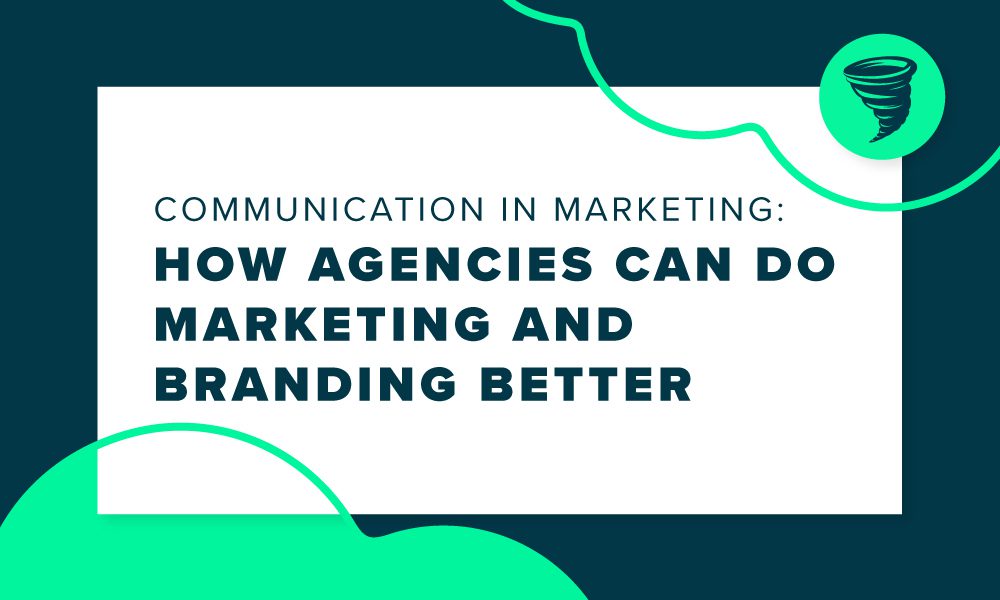There’s a myth among marketing and agency professionals that business owners and CEOs don’t understand marketing and branding. The reality is that marketers often struggle to explain marketing and branding to CEOs. Communication in marketing needs to be clearer for the client’s benefit.
When communicating with business owners, being straightforward and direct about the work is often the best path. We as marketers need to stop justifying the work by describing what marketing does. (Or, at least, we need to put it on the back burner.) Instead, we must show how marketing impacts their business or organization.
To do this, we first need to understand the strategic objectives of the business and the goals of the owner or CEO. Even if they aren’t written down or spelled out, the business objectives are clear most of the time. These metrics or KPIs dominate their leadership team and board meeting discussions and impact how they stay in business.
Once you know the goals and objectives, the marketing and branding team must deliver on them. It can be unclear to clients what marketing’s role is in delivering on these objectives. This is because marketers do a lot of “stuff” and “things” that need complex explanations to show business impact. Communication in marketing is often wrapped up in jargon only marketers know and care about. While some CEOs want to know how you did “stuff” and “things,” most like to see the bottom-line improvement. They want to see the impact of more qualified leads coming through the pipeline. Sometimes, you need to make several connections to draw a line of what was done to the bottom line, such as charts, metrics, and screenshots. But the better you can connect your work to the business impact, the more value you will deliver to clients.
It’s critical to do the following when explaining marketing efforts to clients:
- Clearly articulate the data story.
- Translate that data story into a believable strategy for delivering on business objectives.
When we talk about what was done and what happened, we need to present it as “We achieved ‘Result’ by doing ‘X.’” “X” is the strategy or tactic used to achieve the “Result.” You should not present your results as a long, narrative explanation, like “we did this, then that happened, then we got a lead, and we should get credit.” Good leaders will see right through this.
The last piece is to put together a plan to execute the next steps. This plan will involve details on time, budget, resources, and return on investment (ROI). Explaining this strategy to stakeholders makes moving forward and getting things done easier. Explaining the strategy helps address the client’s thoughts, curate a deeper understanding of the company, and envision the bigger picture of how your work helps them accomplish business goals.

